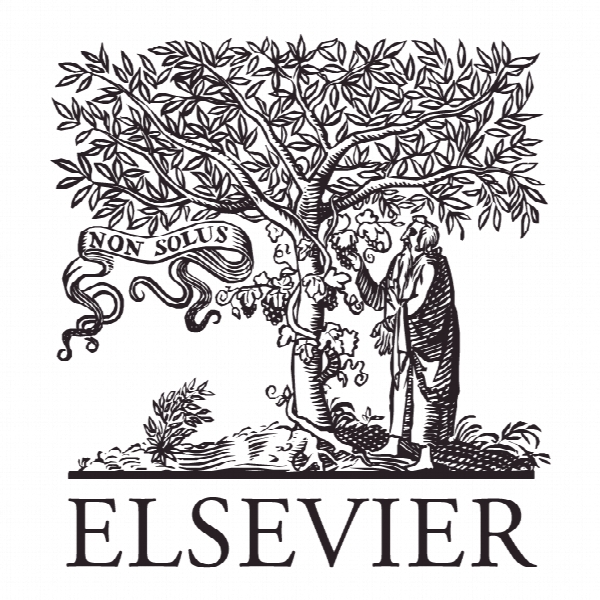نقش ماموریت رسمی در پروتز “کار و خانواده : شمشیر دو لبه Role of formal mentoring in protégés’ work-to-family conflict: A double-edged sword
- نوع فایل : کتاب
- زبان : انگلیسی
- ناشر : Elsevier
- چاپ و سال / کشور: 2017
توضیحات
رشته های مرتبط مدیریت و علوم اجتماعی
مجله رفتار حرفه ای – Journal of Vocational Behavior
دانشگاه کالج مدیریت دولتی، مرکزی چین
نشریه نشریه الزویر
مجله رفتار حرفه ای – Journal of Vocational Behavior
دانشگاه کالج مدیریت دولتی، مرکزی چین
نشریه نشریه الزویر
Description
1. Introduction Mentoring has become a prevalent practice in human resource management because of its benefits to protégés in various work domains (e.g., performance and career satisfaction) (Liu, Wang, & Wayne, 2015; Underhill, 2006). Recently, scholars have attempted to examine whether mentoring benefits can be extended from work domains to non-work domains (e.g., work-to-family conflict, WFC) as the demographics of employees change rapidly, with escalating numbers of dual-earner couples, single parents, and female employees (Greenhaus & Singh, 2007). Several studies based mostly on informal mentoring provided preliminary evidence that mentoring relationships may reduce protégés’ WFC (de Janasz, Behson, Jonsen, & Lankau, 2013; Underhill, 2006). However, scholars have called for more research to examine the role of mentorship formality in protégés’ work-family interference because it is well known that there are differences between formal and informal mentoring, and formal mentoring functions have been overlooked in previous studies (Greenhaus & Singh, 2007; Haggard, Dougherty, Turban, & Wilbanks, 2011; Nielson, Carlson, & Lankau, 2001). Unlike informal mentoring relationships which are developed through mutual attraction (Kram, 1985), formal mentoring relationships are established with some involvement from organizations (e.g., the organization creates the pairing or provides some organizational resources to support the mentoring relationship). Although mentoring functions are resources for protégés (de Janasz et al., 2013; Nielson et al., 2001), protégés may also perceive them as work demands as this formal relationship was initiated with organizational effort to assist them to better adjust to the organization (Greenhaus & Powell, 2006). This may raise an interesting paradox for protégés in formal mentoring relationships when they perceive support from mentors not only as a resource but also a demand from their organizations. That is, support from mentors may be a double-edged sword for protégés in formal mentoring relationships. In order to better reconcile these inconsistencies, we use the job demands-resources (JD-R) model as an overarching framework for developing our hypotheses (Bakker, Demerouti, & Dollard, 2008; Bakker, van Veldhoven, & Xanthopoulou, 2010). Specifically, we propose that formal mentoring support may impact protégés’ WFC through two paradoxical mediation mechanisms. On the one hand, formal mentoring functions may translate into increased job resources including skills, perspectives, psychological resources and social capital, which can reduce the possibility of WFC. On the other hand, protégés may perceive that support from formal mentors increases their job demands (i.e., workload) (Bakker et al., 2008) and subsequently feel more WFC.


